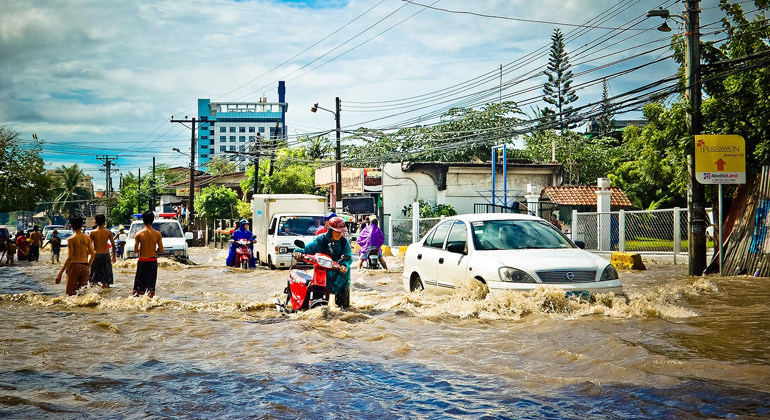Report: Flooded Future: Global vulnerability to sea level rise worse than previously understood
New elevation data show that by midcentury frequent coastal flooding will rise higher than areas currently home to hundreds of millions of people.
EXECUTIVE SUMMARY
-
As a result of heat-trapping pollution from human activities, rising sea levels could within three decades push chronic floods higher than land currently home to 300 million people
-
By 2100, areas now home to 200 million people could fall permanently below the high tide line
-
The new figures are the result of an improved global elevation dataset produced by Climate Central using machine learning, and revealing that coastal elevations are significantly lower than previously understood across wide areas
-
The threat is concentrated in coastal Asia and could have profound economic and political consequences within the lifetimes of people alive today
-
Findings are documented in a new peer-reviewed paper in the journal Nature Communications
Sea level rise is one of the best known of climate change’s many dangers. As humanity pollutes the atmosphere with greenhouse gases, the planet warms. And as it does so, ice sheets and glaciers melt and warming sea water expands, increasing the volume of the world’s oceans. The consequences range from near-term increases in coastal flooding that can damage infrastructure and crops to the permanent displacement of coastal communities.
Over the course of the twenty-first century, global sea levels are projected to rise between about 2 and 7 feet, and possibly more. The key variables will be how much warming pollution humanity dumps into the atmosphere and how quickly the land-based ice sheets in Greenland and especially Antarctica destabilize. Projecting where and when that rise could translate into increased flooding and permanent inundation is profoundly important for coastal planning and for reckoning the costs of humanity’s emissions.
Projecting flood risk involves not only estimating future sea level rise but also comparing it against land elevations. However, sufficiently accurate elevation data are either unavailable or inaccessible to the public, or prohibitively expensive in most of the world outside the United States, Australia, and parts of Europe. This clouds understanding of where and when sea level rise could affect coastal communities in the most vulnerable parts of the world.








